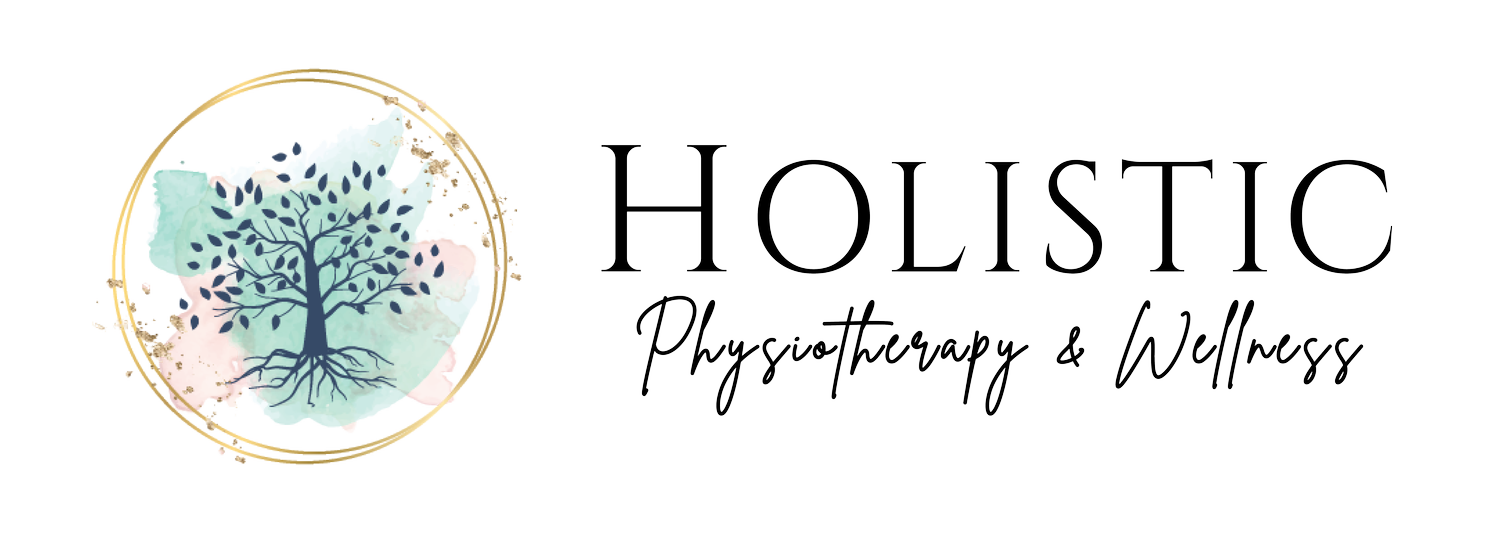Massage During Labor
Written by Lindsay Olver | February 09, 2021
The benefits of prenatal massage are increasingly becoming widespread. Massage is safe during the entire pregnancy with modifications made throughout the trimesters. It can help reduce anxiety and the aches and pains that come with pregnancy. Mothers who use massage to support a healthy pregnancy may also note that it can be a useful tool for pain relief during labor. Supportive touch can help the mother feel a sense of calm and assist with coping during contractions. Massage may provide a decrease in pain and anxiety, as well as an increased feeling of control during this time.
Massage during labor is directed by the mother. Some birthing people prefer not to be touched during labor. Depending on which stage of labor the birthing person is in will also determine the areas and intensity for massage. Some mothers prefer intense massage over the lower back while others find gentle, soothing strokes beneficial. Massage may be applied to the abdomen, back, hips, legs, arms, or forehead. If the mother is experiencing back labor for example, firm circular strokes over the sacrum is helpful.
According to research, there are two different ways massage can work as pain relief. In the Gate Control Theory, gentle or soothing massage floods the body with pleasant sensations, so the painful sensations are not perceived as intensely. On the other hand, intense or deep massage acts on the Diffuse Noxious Inhibitory Control method of pain relief. The stimulation of the painful massage causes the body to release its own endorphins, so less pain is perceived from the contractions. Other studies reported those people who received massage during labor experienced labors on average 3 hours shorter with less need for pain medication.
Along with the benefits of massage during labor, it also comes with little to no risks or negative side effects compared to other pain relief options. As long as a supportive birth partner is present it is also an option that is readily available. Some people have chosen to have a massage therapist as an extra support person, while doulas carry massage techniques in their toolbelts, and various birth preparation courses educate partners on how to use simple techniques. Since massage is also known to decrease cortisol while increasing levels of serotonin and dopamine in the brain, the mother may experience an increased sense of well-being and have an overall positive labor experience. Massage is great for pregnancy, birth, and beyond!
Lindsay Olver
Registered Massage Therapist
Meditation Practitioner
Yoga Instructor
Resources:
Dekker, R. (2018). Massage for pain relief during labor. Evidenced Based Birth. https://evidencebasedbirth.com/massage-for-pain-relief-during-labor/.
Field, T. (2010). Pregnancy and labor massage. Expert Rev Gynecol., 5(2), 177-181.
Rattray, F., & Ludwig, L. (2000). Clinical massage therapy: Understanding, assessing and treating over 70 conditions. Talus Incorporated.


